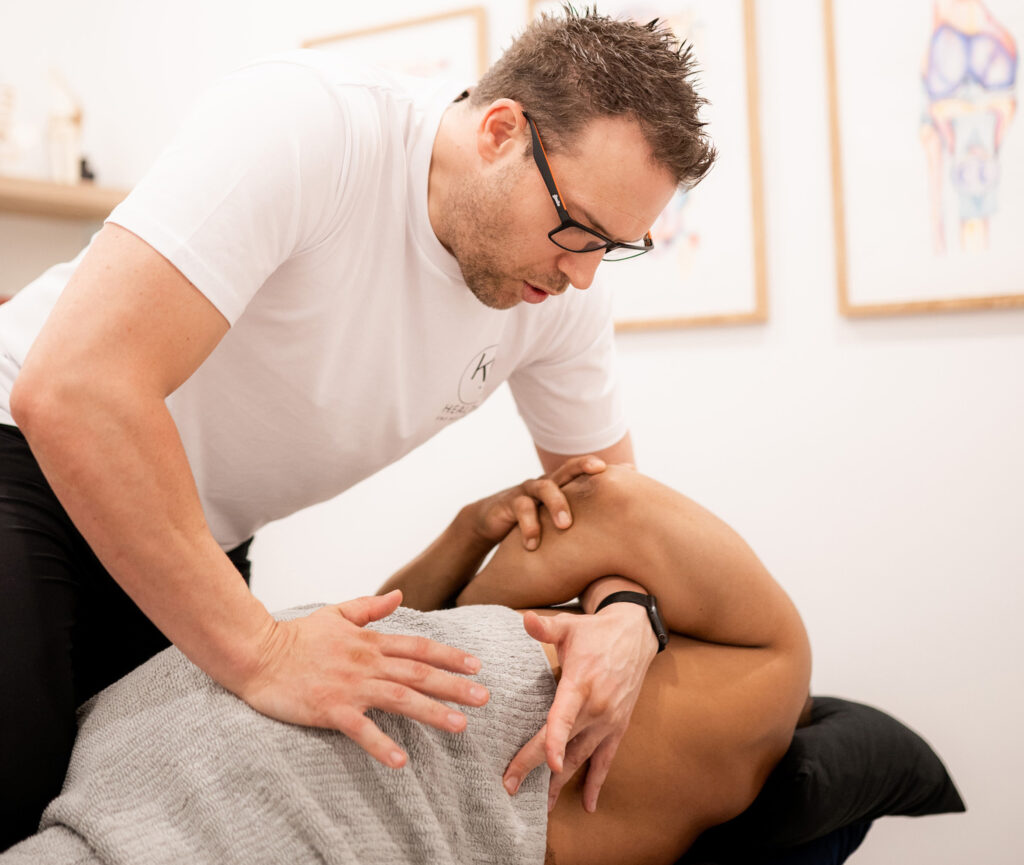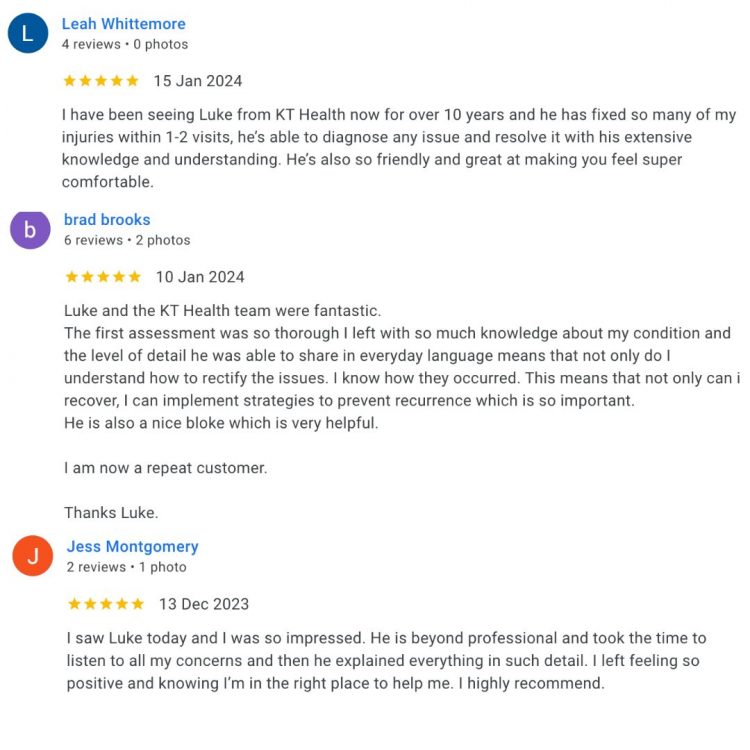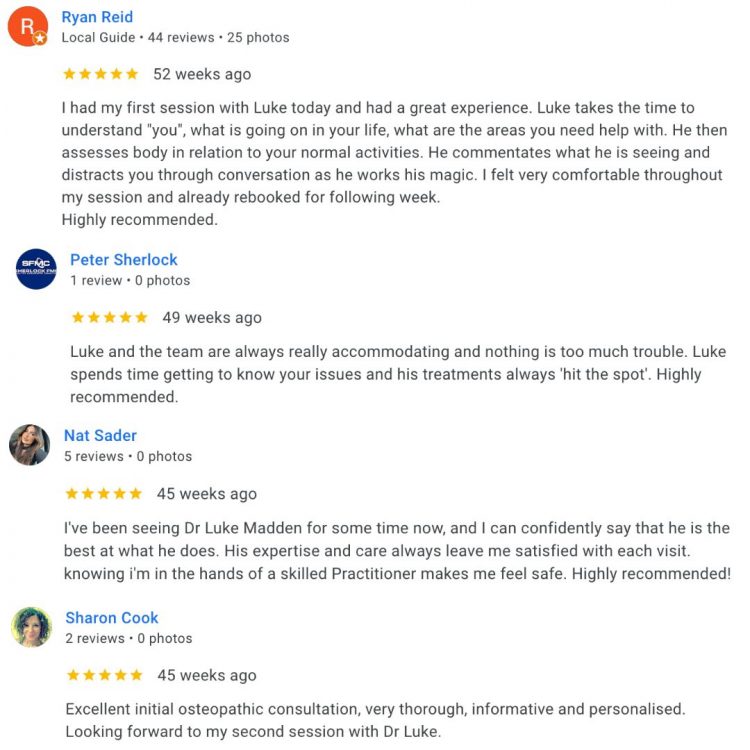How long does spondylolisthesis take to heal?
Everything You Need to Know About Spondylolisthesis
What is Spondylolisthesis?
Spondylolisthesis is a condition where one vertebra slips forward over the one below it, usually in the lower back. This can cause pain, stiffness, and sometimes nerve compression if the slippage narrows the spinal canal or pinches nearby nerves.
An analogy…
Think of the spine like a stack of building blocks. In spondylolisthesis, one block slides forward out of place, which can put pressure on the surrounding structures and nerves, like a wobbly tower that throws everything off balance.
What causes spondylolisthesis?
It typically occurs in the lower lumbar spine, especially at L5-S1, where the spine meets the pelvis. Causes can include a stress fracture in a small joint of the vertebra (called a pars defect), degeneration of the discs and joints, or in rare cases, trauma or birth defects. When the vertebra slips forward, it can stretch or compress the nerves that exit the spine, causing back pain and possibly leg symptoms.
What are the signs and symptoms of spondylolisthesis?
- Lower back pain, often worsens with standing, walking, or leaning back
- Tight hamstrings or stiffness in the lower back
- Pain that radiates into the buttocks or legs
- Numbness, tingling, or weakness in the legs if nerves are affected
- Muscle spasms or fatigue after prolonged activity
- In more severe cases, changes in posture or gait
What tests are used to diagnose on spondylolisthesis?
Palpation: The practitioner gently presses along the lower spine to check for tenderness, muscle tightness, or a noticeable step-off, a dip or bump that may suggest one vertebra has slipped forward.
Single-Leg Hyperextension Test: The patient stands on one leg and gently leans backward. A positive result is when this movement causes low back pain, especially on one side.
Mild cases often improve in 4 to 8 weeks with targeted rehab and activity changes. Moderate to more complex cases may take 3 to 6 months. Severe or unstable cases might require surgery, followed by rehab over several months.
How does spondylolisthesis happen?
- Repetitive stress or overuse, especially in sports like gymnastics, weightlifting, or football
- Congenital defects in the vertebra
- Degenerative changes in the spine due to aging
- Previous spinal trauma or injury
- Hyperextension movements
- Weak core and hip muscles that don’t support the spine properly
What treatment can help spondylolisthesis?
- Activity modification
- Core strengthening and postural training to stabilise the spine
- Manual therapy, including mobilisation, massage, and muscle release
- Anti-inflammatory medication or ice/heat for pain relief
- Exercise rehab to improve flexibility, glute strength, and spinal control
What exercises or stretches can I do for spondylolisthesis?
- Pelvic tilts and deep core activation (CAZ)
- Glute bridges and hip strengthening
- Hamstring and hip flexor stretches
- Postural drills and walking retraining
- Avoiding deep lumbar extension exercises early on
- Progressive return to activity, sport, or work functions
What products can help with spondylolisthesis?
STOP GUESSING – START MOVING
See what other people have said about our osteopaths
Trustindex verifies that the original source of the review is Google. KT health has really helped my back and i have been able to get back into competitive sportTrustindex verifies that the original source of the review is Google. Absolutely amazing, I see Louie Nouh who always listens and caters to my needs. He is amazing at his job and always helps alleviate my pain. I highly recommend Louie.Trustindex verifies that the original source of the review is Google. Friendly, supportive staff. Such a lovely place to exercise! Highly recommend.Trustindex verifies that the original source of the review is Google. Amazing instructor, I am new to Pilates felt very comfortable & supported.Trustindex verifies that the original source of the review is Google. I have been suffering from shoulder and neck pain for months - I saw Dr Louie Nouh a couple of time. His treatment really relived the pain. I have full range of movement now. His knowledge on exercise is fantastic.Trustindex verifies that the original source of the review is Google. Absolutely love reformer at menai. Instructors are amazing. Love Michaela and love the small classes. Highly recommend!Trustindex verifies that the original source of the review is Google. The trainers are all amazing , they explain everthing step by step and help where needed . It is an amazing place to relax get to know other people have a laugh . I recommend for anyone .Trustindex verifies that the original source of the review is Google. Ever since I came here I’ve been looked after by Louie and my shoulder is already feeling much better. Highly Recommend these are good people.Trustindex verifies that the original source of the review is Google. SENSATIONAL Chiropractor in Menai! I attended my first appointment with Dr Louis Nouh at KT Health & Wellness who is an absolute genius even after one session with him. He explained everything he intended to address about my lower back condition, all in easy to understand, layman’s terms. He said he would call me the next day to follow and see how I was feeling after our session and guess what, he did! During our session, he made me feel relaxed and comfortable especially as it was my first chiropractic appointment EVER! For some reason, I am actually looking forward to my subsequent sessions with him next week. Don’t get me wrong, he did poke, prod and crack me as necessary but the results made it seem worth it.Trustindex verifies that the original source of the review is Google. I have been seeing Melinda now for a couple of months to help with bursitis in my hip. She is one of the best practitioners I’ve ever seen.. With the use of various tools and techniques she has helped me recover much quicker than I expected. Thanks Mel and see you tomorrow!
We don't offer magic fixes or cures, but a sustainable approach to back pain.
Our Osteopaths will offer you a road map to help you take control of your back pain and feel great again.
BOOK YOUR OSTEOPATH VISIT TODAY
Book a Time with Dr Luke Madden Below
Book a Time with Dr Melinda Madden Below
Already have an account?
Book as a guest
- Book an Appointment






